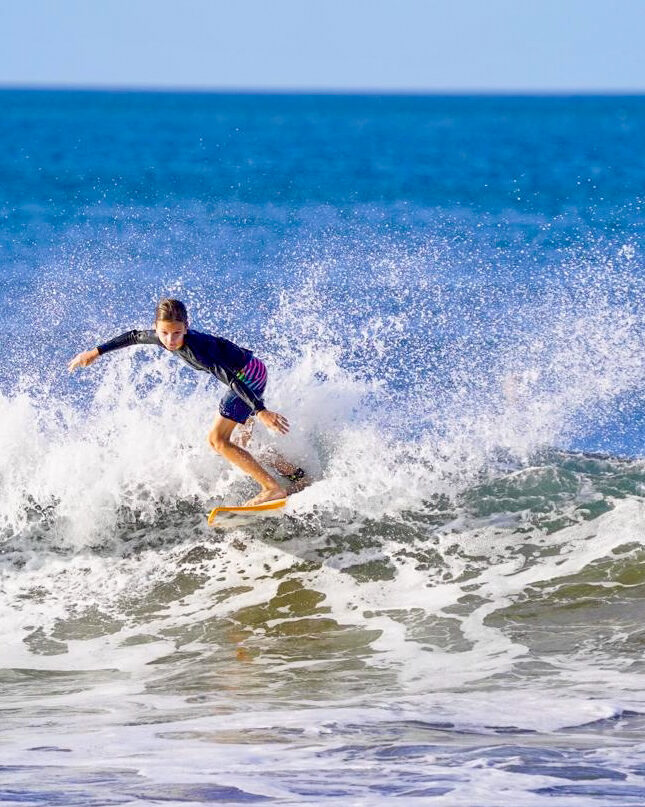
The other day my 13 year-old came to me and said he wants to start eating way more protein. I asked him why and he said because he wants to build more muscles. Before jumping up and telling him my two cents about it, I said we would talk about it a little later and we would come up with an ‘young athlete meal plan’. But first I wanted to educate myself more and find out if my understandings about ‘the right diet’ where at par with what the experts say. So I read a lot of articles on the ideal diet for young athletes and the role of protein in it. Here is what I found:
Protein is indeed your body’s main building block. It helps form muscle, produce hormones, strengthen skin and bones and transport nutrients. Consuming extra protein (particularly from protein supplements) isn’t necessarily healthy or beneficial, especially when we are talking about children. In fact, excessive protein intake doesn’t lead to more muscle development, but instead can put stress on your organs and lead to dehydration.
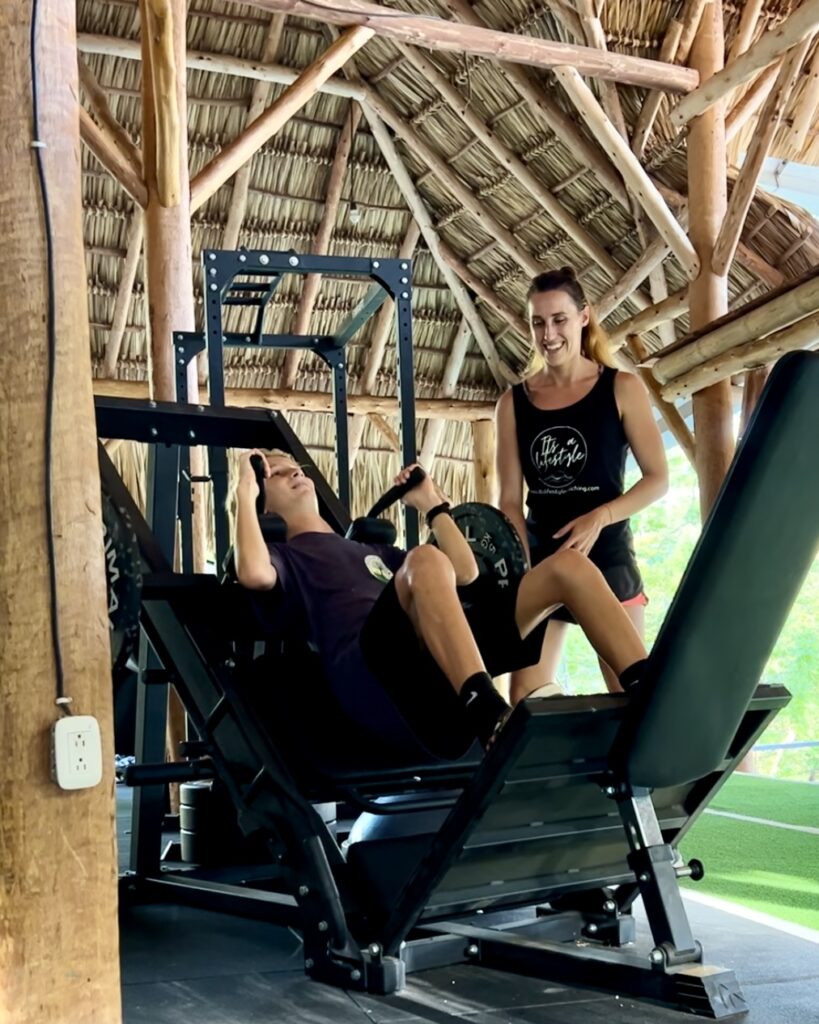
In the Western world, children already get two to three times the protein they need daily. It’s uncommon for a child to need extra. Two servings of lean protein, such as beef, pork, poultry, fish, Greek yogurt or meat alternatives should be enough.
The focus instead should be more on adequate intake of whole foods as opposed to supplements. Real foods, and not protein supplements, are always better for growing bodies, especially after a hard workout.
Teen athletes are sometimes drawn to protein supplements after a workout, but kids need a combination of protein and carbs to rebuild muscle broken down during a workout. It’s always best for them to eat a meal.
Healthy, well-balanced meals and snacks give kids the nutrients they need to do well in sports. Besides getting the right amount of calories, eating a variety of nutritious foods is what is important.
So what is a healthy diet (for active teens)?
It is all about balance. Kids need a variety of vitamins and minerals.
Calcium and iron are two important minerals for athletes. Leafy greens are a great source of both calcium and iron. But there are many more healthy and powerful choices here.
Protein helps build and repair muscles, and most kids get plenty of it through a balanced diet. Great options are lean beef, pork, poultry and fish, Greek yogurt or meat alternatives for example.
Carbohydrates provide energy for the body and are an important source of fuel for a young athlete. Without carbs in their diet, kids will be running on empty. When choosing carbs, look for whole grain foods like whole wheat pasta, brown rice, whole grain bread and (homemade) whole grain cereal, and plenty of fruits and vegetables.
Liquids: It’s important for young athletes to drink plenty of fluids to prevent dehydration, which can zap strength, energy, and coordination. Kids should drink water before physical activity and every 15 minutes throughout. Drinking water afterwards to restore fluid lost through sweat is super important too. Of course many sports drinks are available, but plain water is usually enough to keep kids hydrated.
High performance meal plan for young athletes
Performance nutrition tips for athletes
Before starting your day, having a well balanced breakfast is key, especially when you are active. It’s important to understand the different elements of a high-performance meal, why certain foods matter and how much of them you should eat. This applies to breakfast, but actually to every meal.
1. Pick a protein, carbohydrate and fat
These three main nutrients fuel your body during hard work.
Protein: Helps with muscle recovery and creating other building blocks. Healthy choices are lean meat and poultry, fish, eggs, low-fat dairy products (cheese, yogurt, milk), soy (edamame, tofu), beans and legumes.
Carbohydrates: Reload your muscles to provide high-intensity energy stores. Healthy choices are grains (whole wheat bread, pasta, rice), potatoes, fruit, beans and legumes.
Fat: Keeps all your cells intact, helps regulate your body temperature and can keep inflammation away. Healthy choices are nuts and nut butters, avocado, oils (for example coconut, olive or avocado), seeds, spreads (mayo, butter, cream cheese) and high-fat dairy products.
2. Add some color
Eating the colors of the rainbow is one of the best ways to get nutritional balance in your diet. The bigger the variety of colors from fruits and veggies, the better your nutrition will be. And when your nutrition is great, so is your speed, strength and power. If you want to eat to perform, it’s good to include a significant portion of fruit and veggie at every meal, every day.
3. Fuel with fluids
Believe it or not, water is actually an essential nutrient. It makes up 60 to 70% of our total body weight. We lose water from our bodies when we sweat, use the bathroom and even just by breathing throughout the day. It’s important to replenish your fluids to be your best in your sport. Water, milk, or 100% juice are the best choices to accompany your meal. Soda and energy drinks don’t hydrate you well, and you should really only use sports drinks for intense training and competition.
So, let’s start by looking at breakfast. In my opinion it is the most important meal of the day; It’ll get you going in the morning. What are a few great breakfast options to jump start your day?
Three great breakfast choices for high performing young athletes:
1. Greek yogurt, homemade nut granola, and fruit and a side of (scrambled) eggs.
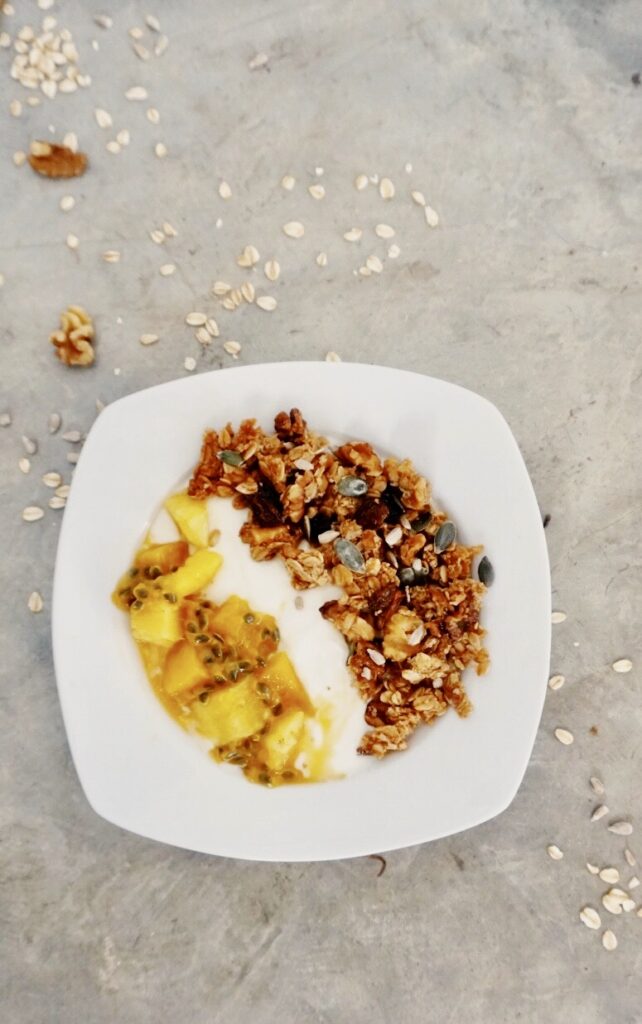
2. Breakfast burrito; scrambled eggs, beans, cheese, brown rice, peppers and/or pico de gallo, and avocado. And a side of fruit.
Instead of a burrito, you can also serve it in a bowl: gallo pinto (rice and beans), pico de gallo, guacamole or cubes of avocado and scrambled eggs.
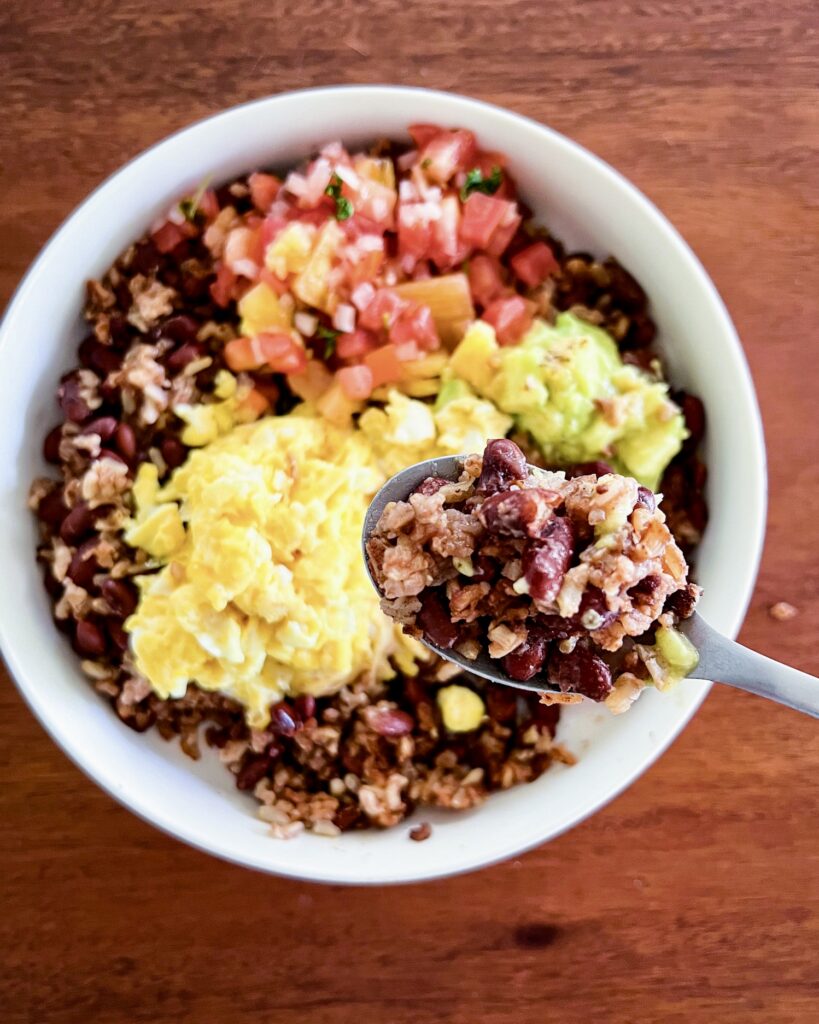
3. Blueberry oatmeal bake with a dollop of Greek yogurt and/or nut butter
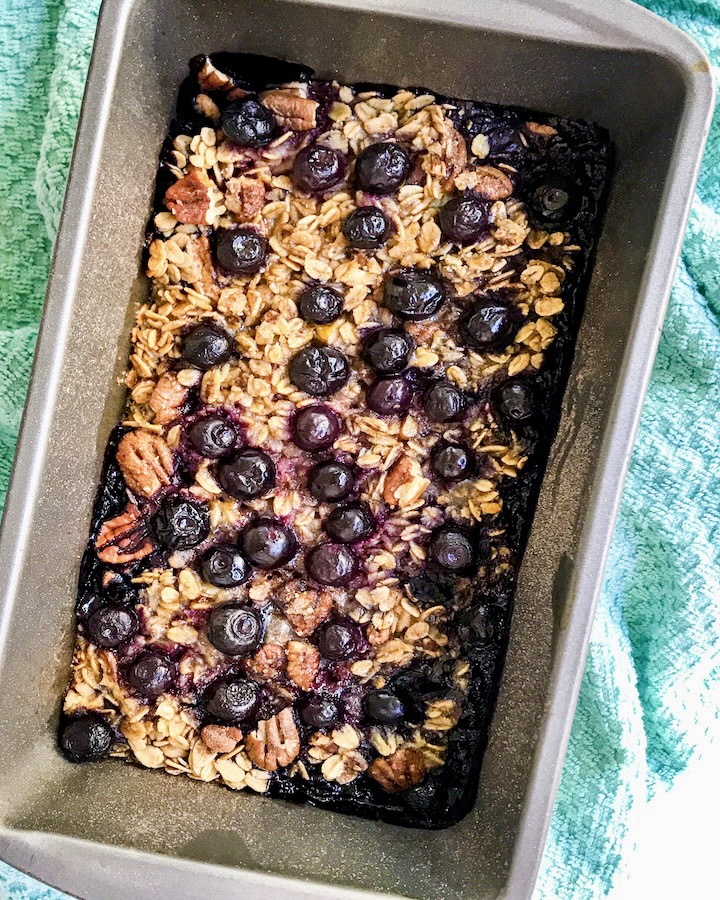
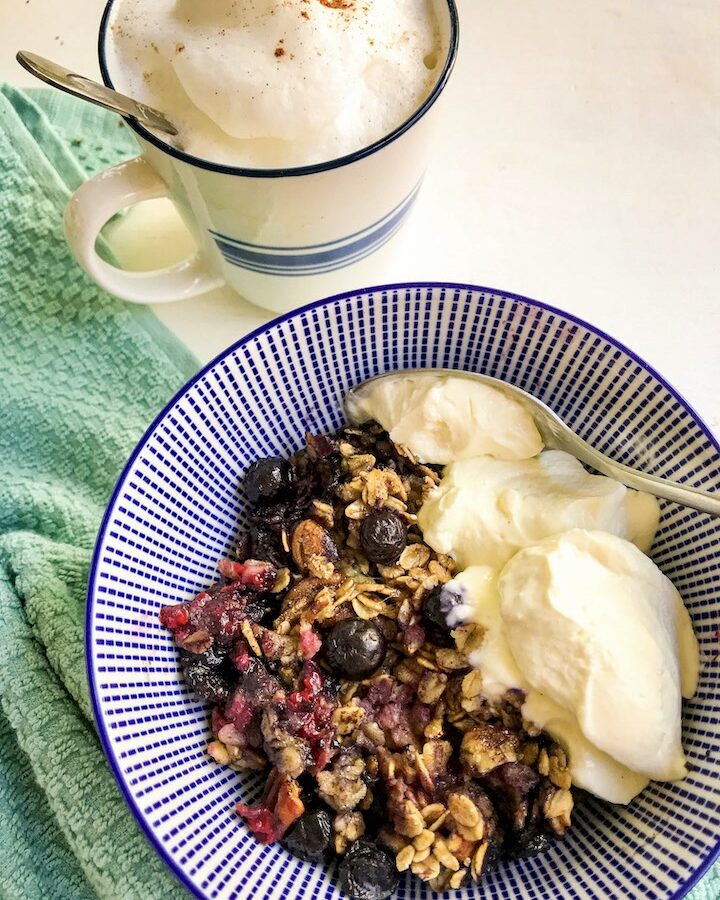
Did you like this blogpost?
If you like this blogpost, please consider rating it with the star rating system and leave a comment below – it’s so helpful for us and other readers. Thank you! And don’t forget to snap a picture if you make this and tag @familicious.kitchen on Instagram and hashtag it #familicious. Awesome! You can also find us on Facebook and Pinterest.

Leave a Reply